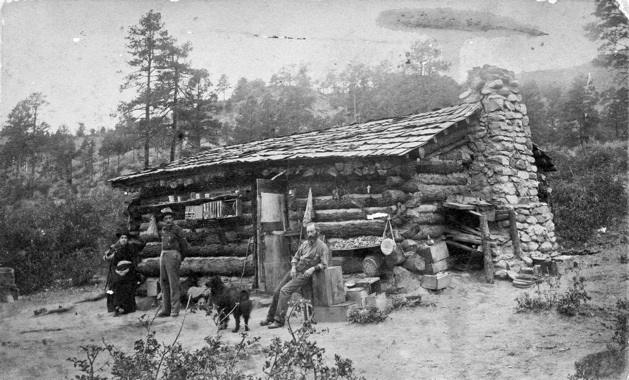 Proposed federal regulations might make it impossible to keep genetically modified food (GMO) out of farms, grocery shelves, gardens and kitchens – and would even force organic and non-GMO farmers to buy insurance in case their crops do get contaminated.
Proposed federal regulations might make it impossible to keep genetically modified food (GMO) out of farms, grocery shelves, gardens and kitchens – and would even force organic and non-GMO farmers to buy insurance in case their crops do get contaminated.
That’s according to the Center for Food Safety, which is urging concerned citizens to contact the US Department of Agriculture and oppose the proposal, which the Center and others say puts an undue burden on organic farms.
The USDA’s “coexistence” plan supports GMO and non-GMO crops growing together. The problem with this proposal, critics say, is that GMO crops would – and do — contaminate non-GMO, heirloom varieties.
“USDA’s so-called ‘co-existence’ plan fails to offer any protection for organic farmers and would institutionalize transgenic contamination in crops across the U.S.” the Center said. “If implemented, the proposal would require the victims of contamination to buy insurance or pay into a fund to compensate themselves for unwanted contamination, lost markets and other damages. This is simply unacceptable.”
The USDA, the Center for Food Safety said, must “address the root causes of contamination” by “stopping gene flow and putting the burden for preventing contamination squarely on Monsanto and the other biotech companies.”
“An immediate moratorium on the planting of any new GE crops must be established until tried and true mandatory contamination prevention measures are in place to protect organic and non-GE farmers,” the Center said.
Challenges for non-GMO farmers
The big challenge facing growers of non-GMO seeds is keeping away pollen from a GMO field.
New Survival Seed Bank™ Lets You Plant A Full Acre Crisis Garden!
Farms where non-GMO seeds are grown require a five mile buffer zone to prevent cross-pollination between modified and non-modified crops, seed growers Frank Morton and Nash Huber told Good Food World. Practically that means non-GMO seeds needs to be grown at least 25 acres away from GMO crops.
The coexistence plan threatens the heirloom or heritage seed business, Food First Blogger and heirloom-seed breeder Devon G. Pena believes.
Story continues below video
“Simply put: As a seed saver and plant breeder I believe the coexistence policy infringes on our ability to manage and protect this bio-cultural heritage and to defend our own property rights against damages associated with the uses of commercial agricultural biotechnology,” Pena wrote.
The USDA has extended the deadline for comments on the coexistence policy through March 4. The original deadline was Jan. 4.
And now GMO grass
Pena and other critics believe that critical comments might deter the department from implementing the policy. Unfortunately coexistence isn’t the only major extension of GMO, the USDA is planning. The USDA also wants GMO in your front yard.
Scotts Miracle-Gro is planning to test a genetically modified grass seed on some of its employees’ lawns in Ohio. The seed is a variety of Kentucky bluegrass that is resistant to Monsanto’s controversial weed killer Roundup.
Sign up for Off The Grid News’ weekly email and stay informed about the issues important to you











